Fanglin Liu
A Multi-Domain VNE Algorithm based on Load Balancing in the IoT networks
Feb 07, 2022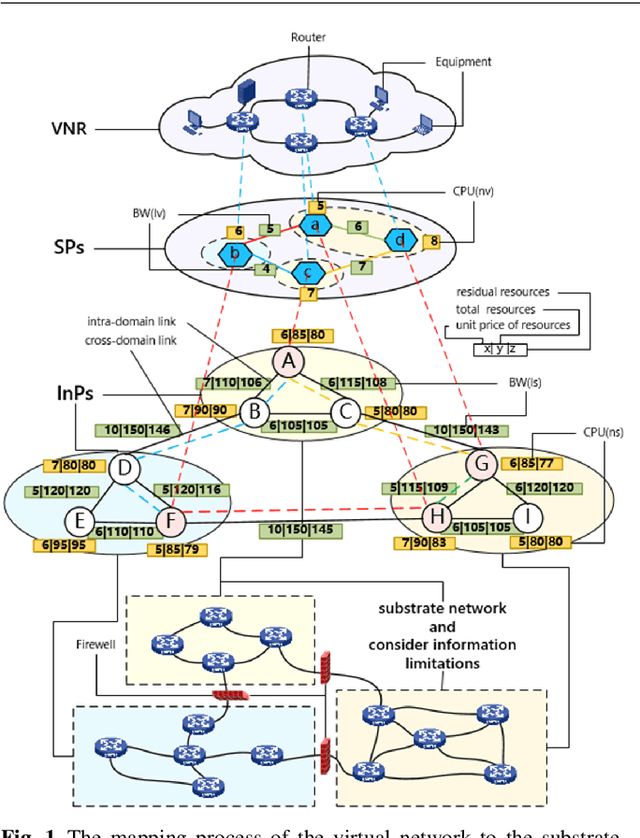
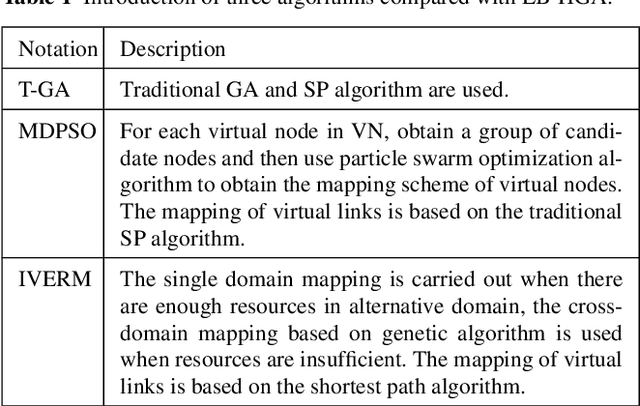
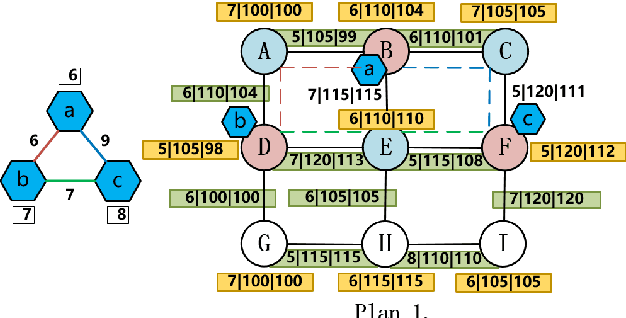
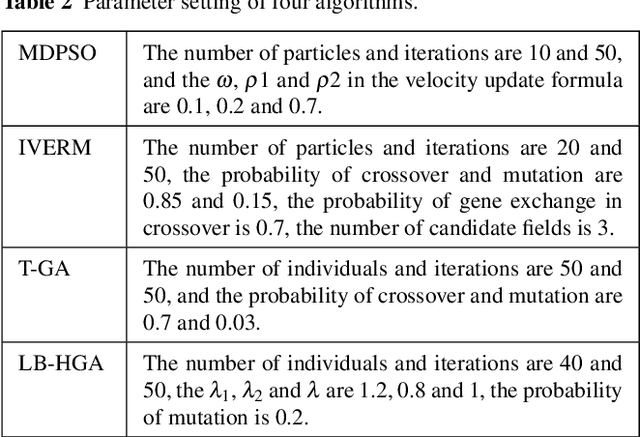
Abstract:Virtual network embedding is one of the key problems of network virtualization. Since virtual network mapping is an NP-hard problem, a lot of research has focused on the evolutionary algorithm's masterpiece genetic algorithm. However, the parameter setting in the traditional method is too dependent on experience, and its low flexibility makes it unable to adapt to increasingly complex network environments. In addition, link-mapping strategies that do not consider load balancing can easily cause link blocking in high-traffic environments. In the IoT environment involving medical, disaster relief, life support and other equipment, network performance and stability are particularly important. Therefore, how to provide a more flexible virtual network mapping service in a heterogeneous network environment with large traffic is an urgent problem. Aiming at this problem, a virtual network mapping strategy based on hybrid genetic algorithm is proposed. This strategy uses a dynamically calculated cross-probability and pheromone-based mutation gene selection strategy to improve the flexibility of the algorithm. In addition, a weight update mechanism based on load balancing is introduced to reduce the probability of mapping failure while balancing the load. Simulation results show that the proposed method performs well in a number of performance metrics including mapping average quotation, link load balancing, mapping cost-benefit ratio, acceptance rate and running time.
VNE Strategy based on Chaotic Hybrid Flower Pollination Algorithm Considering Multi-criteria Decision Making
Feb 07, 2022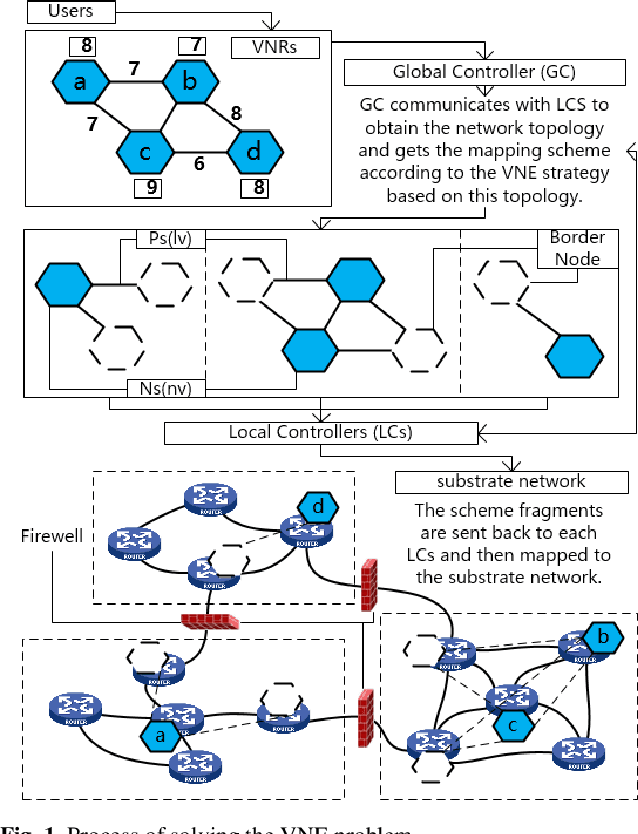
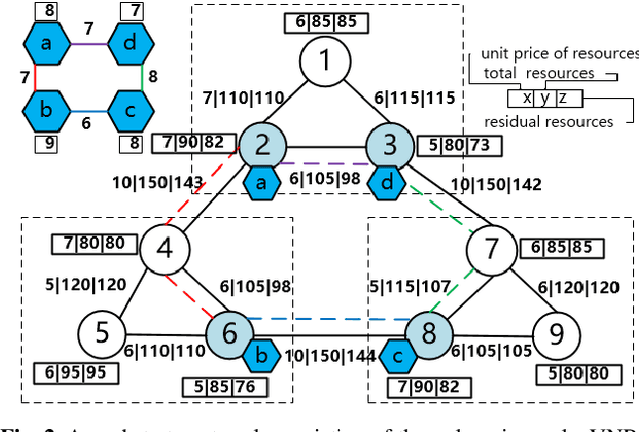
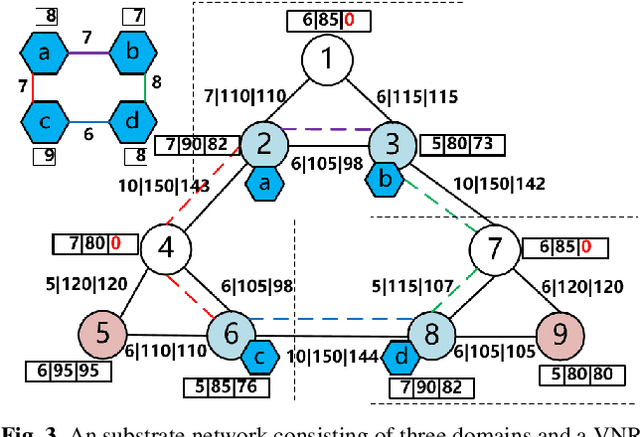
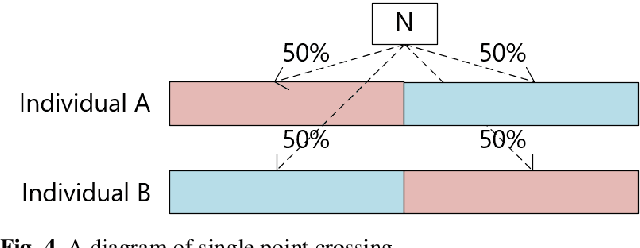
Abstract:With the development of science and technology and the need for Multi-Criteria Decision-Making (MCDM), the optimization problem to be solved becomes extremely complex. The theoretically accurate and optimal solutions are often difficult to obtain. Therefore, meta-heuristic algorithms based on multi-point search have received extensive attention. Aiming at these problems, the design strategy of hybrid flower pollination algorithm for Virtual Network Embedding (VNE) problem is discussed. Combining the advantages of the Genetic Algorithm (GA) and FPA, the algorithm is optimized for the characteristics of discrete optimization problems. The cross operation is used to replace the cross-pollination operation to complete the global search and replace the mutation operation with self-pollination operation to enhance the ability of local search. Moreover, a life cycle mechanism is introduced as a complement to the traditional fitness-based selection strategy to avoid premature convergence. A chaotic optimization strategy is introduced to replace the random sequence-guided crossover process to strengthen the global search capability and reduce the probability of producing invalid individuals.
Why MDAC? A Multi-domain Activation Function
Nov 27, 2021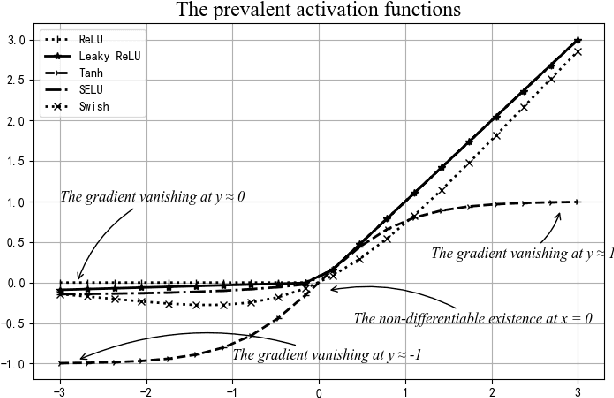


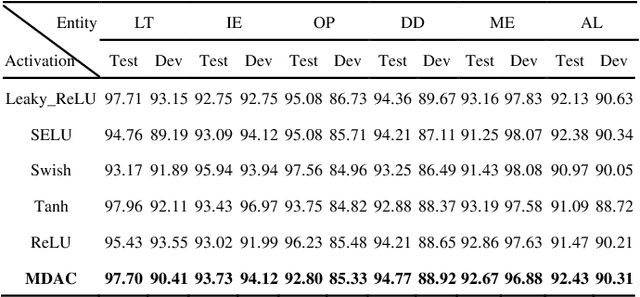
Abstract:In this study, a novel, general and ingenious activation function termed MDAC is proposed to surmount the troubles of gradient vanishing and non-differentiable existence. MDAC approximately inherits the properties of exponential activation function (such as Tanh family) and piecewise linear activation function (such as ReLU family). Specifically, in the positive region, the adaptive linear structure is designed to respond to various domain distributions. In the negative region, the combination of exponent and linearity is considered to conquer the obstacle of gradient vanishing. Furthermore, the non-differentiable existence is eliminated by smooth approximation. Experiments show that MDAC improves performance on both classical models and pre-training optimization models in six domain datasets by simply changing the activation function, which indicates MDAC's effectiveness and pro-gressiveness. MDAC is superior to other prevalent activation functions in robustness and generalization, and can reflect excellent activation performance in multiple domains.
 Add to Chrome
Add to Chrome Add to Firefox
Add to Firefox Add to Edge
Add to Edge